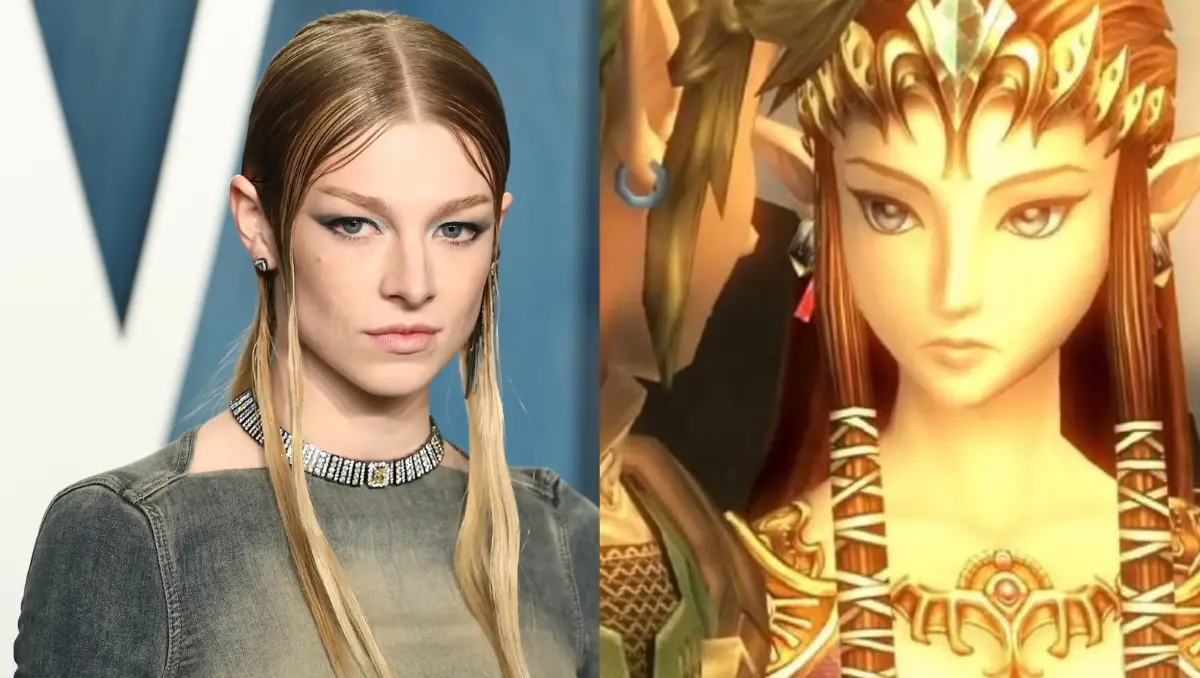Hollywood’s Annus Horribilis – 2025’s Box Office Blunders
2025 is proving to be a brutal year for Hollywood. Audiences are no longer accepting just “any old garbage,” leading to a string of colossal financial and reputational blunders. Productions costing hundreds of millions have spectacularly failed to recoup investments, exposing deeper cracks in the industry. This article will dissect the major box office disappointments of 2025 – a veritable “Shame List” – examining the unique factors behind their downfall and what these failures reveal about the evolving film industry and audience expectations. What exactly went so spectacularly wrong?

The Shame List Begins: Mickey 17 – A Sci-Fi Misstep

Mickey 17
Mickey 17 seemed destined for greatness. Directed by Bong Joon-ho (Parasite) and starring Robert Pattinson, this high-concept sci-fi boasted a 118 million budget, it grossed only 111 million worldwide, a $7 million loss. The primary culprit: science fiction’s struggle to attract a mass audience, especially original IPs outside established mega-franchises like Star Wars or Avatar. Ambitious, standalone sci-fi ventures often languish when audiences prefer familiar narratives.
Mr. no pain – The R-Rated Action Miscalculation

Mr. no pain
Hollywood, eager to replicate the success of R-rated action films like Logan and Deadpool, greenlit, Mr. no pain. Starring Jack Quaid (The Boys) as a man who feels no pain, it promised brutal action. Despite a significant marketing push, it grossed a paltry $40 million on a modest budget. The lesson: R-rated action isn’t a magic bullet. Quaid, while popular, couldn’t carry the film solo without a truly compelling story or established star power. Audiences demand more than just gore; they still need a reason to care.
Werewolf: The Curse Continues

Werewolf
Some genres appear cursed. Werewolf films historically struggle, overshadowed by vampires or ghosts. Blumhouse Productions, known for low-budget horror hits, challenged this hex with Werewolf, investing 25 million – nearly double its average budget. Plagued by last − minute casting drama (Ryan Gosling dropped out), it grossed 35 million, barely recouping investment. Even Blumhouse’s Midas touch couldn’t overcome inherent audience disinterest in lycanthropic tales. The werewolf curse, it seems, remains unbroken.
In the Lost Lands: A Director’s Downfall

In the Lost Lands
Paul W.S. Anderson, once a box office success with the Resident Evil franchise, saw his career slide. In the Lost Lands was his comeback attempt, reuniting with Milla Jovovich and featuring Dave Bautista, adapting a George R.R. Martin story. Instead, it became a catastrophic flop, his biggest financial loss. Costing 55 million, it grossed a pathetic 5 million worldwide. This abysmal performance is a stark reminder that past successes don’t guarantee future triumphs, and even talented individuals can’t salvage a project if the core execution fails to resonate.
Betterman: The Robbie Williams Story – A CGI Monkey Mistake

Betterman
Musical biopics are popular, but Betterman: The Robbie Williams Story took a bizarre turn: Robbie Williams was portrayed by a CGI monkey in a serious drama. This 110 million film (CGI is expensive), American audiences were largely unfamiliar with Williams, and even U.K. fans were alienated by the monkey portrayal. This baffling artistic decision alienated both core fans and general audiences, proving some creative risks are simply not worth taking, leading to a monumental, costly failure.
Love hurts: The Miscast Action Hero

Love hurts
Love hurts promised an action-packed thrill ride with Ke Huy Quan as a retired assassin. Despite Quan’s recent acclaim (Everything Everywhere All at Once), he lacked the inherent credibility as a hardened action hero. Audiences struggled to suspend disbelief. The film, with an 18millionbudget,grossed18 million budget, grossed 18millionbudget,grossed18.5 million. While seemingly breaking even, theatrical economics mean it was a significant financial loss. Miscasting was the primary issue; the disconnect between actor and role proved too much for audiences to overlook, leading to the film’s failure.
Snow White: The Unavoidable Disaster

Snow White
Snow White stands as the most expensive and high-profile flop of 2025. This live-action remake, with a staggering 250 million production budget (excluding marketing), was plagued by controversy and negative sentiment from its inception. Warnings from fans and critic swere largely ignored.
Conclusion: Lessons from the Box Office Graveyard
2025 has been a brutal year for Hollywood, leaving a trail of costly failures. The “Shame List” offers invaluable lessons: audiences demand quality and compelling narratives, not just spectacle. Star power isn’t enough; the right actor for the right role is crucial. Some genres have inherent limitations. Baffling artistic risks can backfire spectacularly. And crucially, ignoring audience sentiment and early warnings can lead to catastrophic failure. The evolving entertainment landscape, with streaming and audience fatigue, contributes to this new reality. The question remains: what will Hollywood truly learn from these expensive lessons? And which upcoming films are already destined for next year’s “Shame List”?
Maybe you also like:
Follow me on:
For more updates, visit: flashpointnews.com.br


